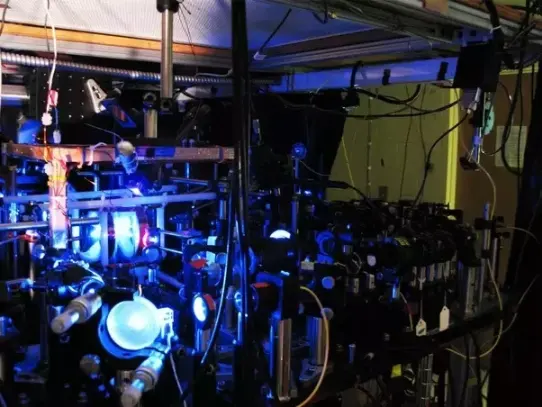The world’s first fault-tolerant quantum computer is being launched this year. The quantum computer developed by QERA has 256 physical qubits and 10 logical qubits. The computer will be opened by the end of this year.
In mathematical language, Boolean algebra is basically based on two levels of logic, true and false. When computers started using the binary number system, true and false in Boolean algebra were replaced by 1s and zeros. All computer math problems can be easily solved by Boolean algebra. In Boolean algebra, all operations are done with just addition and multiplication.
It is a special type of electronic circuit through which logical decisions can be made. A digital electronic circuit is called a logic gate. A logic gate has one or more inputs and an output. Logic gates act as basic blocks in digital systems, which are operated by binary zeros and 1s. It controls the flow of data and is called a gate. Fault-tolerant quantum computing (FTQC), on the other hand, is a technique to compute quantum systems with faulty gates and storage faults. With FTQC, quantum computers can perform calculations with very few logical errors.
Technology analysts are optimistic about the world’s first commercial fault-tolerant quantum computer with logical qubits. Logical qubits are physical quantum bits or qubits. Qubits are connected through quantum entanglement. As a result, quantum computers reduce the amount of errors by storing the same information in different places. A study on such computing techniques was published in the journal Nature last December. It has been said that researchers from Harvard University and QA and other institutions are working on building a functional quantum computer. There are 48 logical qubits in that quantum computer.
Read also : Top 5 Countries in Global Computer Technology
Harvard University scientist Harry Zhu said, through the quantum computer, software programmers can test the code for the future quantum computer. Conventional computers store information as bits in the form of 0 or 1 values. Qubits are used in quantum computers. A qubit is a superposition of 0 and one. Quantum computers can perform calculations much faster than computers. But qubits are quite error-prone. Errors occur in one qubit in a thousand. The largest quantum computer ever built has about a thousand qubits.
Read also : I desire artificial intelligence to be my friend
Logical qubits perform calculations over several physical qubits. The error rate is greatly reduced if one or more physical qubits fail. Researchers have used error-correcting computer code in regular qubits to create logical qubits. Logical gates or circuits are then placed between the qubits to connect them. Later, the quantum computer is investigated to see if there are any errors. In this way, the next step is being made by correcting the errors of the quantum computer. In 2023, the Google Quantum AI Lab demonstrated a 2.9 percent error rate using three logical qubits. QERA with 48 logical qubits has an error rate of 0.5 percent.
IBM will launch its first commercial fault-tolerant quantum computer by 2029. QA plans to launch several quantum computers in the coming years. One of them is 30 logical qubits. And in 2025, a quantum computer of 3 thousand physical qubits will come. Another quantum computer will hit the market in 2026, which will have more than 10,000 physical qubits and 100 logical qubits. This quantum computer will surpass the power of current supercomputers.
Source: space.com



